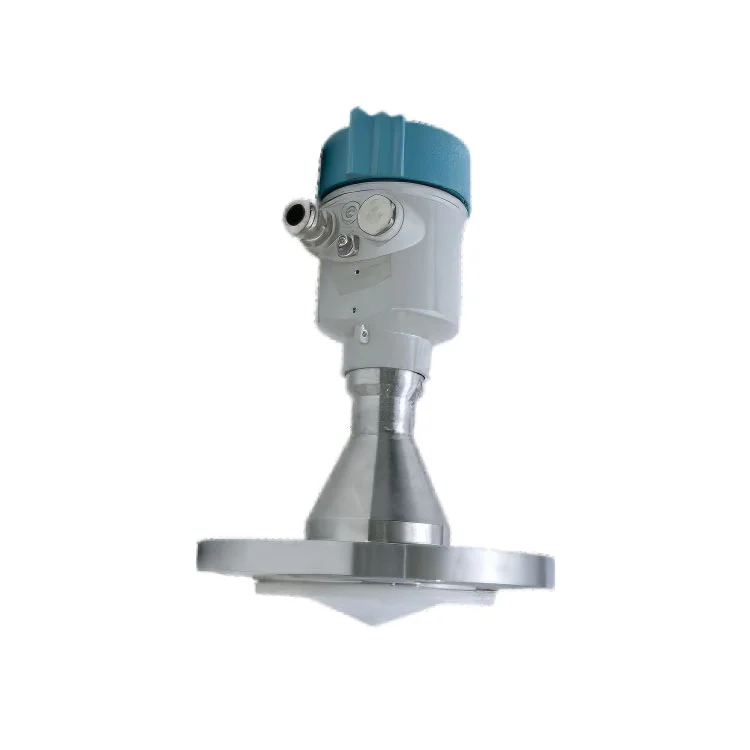Description
BROTEK Radar level meter emit narrow microwave pulse, those pulse propagation in space at the speed of light, meet the measured medium surface, the part of the energy to be reflected back, by the same antenna. Emission pulses and the time interval of the received pulse and the antenna to the measured medium surface is proportional to the distance. Due to the electromagnetic wave propagation and very high speed, pulse and receiving pulse time interval is very small (nanosecond), which is difficult to identify, 26G radar level meter adopts a special demodulation technology, can accurately identify the transmitted pulse and pulse interval, thus further calculate the antenna to the measured medium surface distance. It is a new generation radar level meter with full independent property rights developed by Brotek after many years of hard work.
Application
Brotek switch detect and control : Water base media, oil base media, powder, granules, jelly, high viscous and pasty media, Food, beverage and pharma base Hygienic liquid, Liquid with foam, Dirty liquid like ETP,
HTP, Bio-toilet, gobar (human and animal waste) fuel plant Low (Min.) and high (max.) level control at tank, mixture, conveyor belt, hopper Layer separation detection, Leakage detection.
Quick Links
Technical Specification
| Range | 10m/ 20m/ 30m/ 70m |
| Connection | Threaded/ Flanged |
| Power Supply | 24VDC |
| Output | 4-20mA/HART/RS485 |
| Measuring Accuracy | ±3mm/ ±5mm/ ±10mm/±15mm |
| Temperature | -40°C to 130°C/ -40°C to 250°C |
| Pressure | may vary on model/td> |
| Frequency Range | 6GHz/ 26GHz |
| Beam Angle | 8°/ 12° |
| Display | Inbuild |
| Antenna Type | Horn/ Dish/ Capsule / Probe |
| Antenna Material | Die-cast Aluminium |
| Protection Rating | IP67 |
Features
- Versatility for various applications
- High accuracy and repeatability
- Almost no corrosion, bubble effect, almost not affected by water vapor in atmosphere, the temperature and pressure changes.
- High signal to noise ratio.
- High frequency, measurement of solid and low dielectric constant of the best choice.
- A shorter wavelength, the reflection of solid surface inclination is better.
- Easy to onsite calibration
- Enhanced safety (no direct contact with material)




